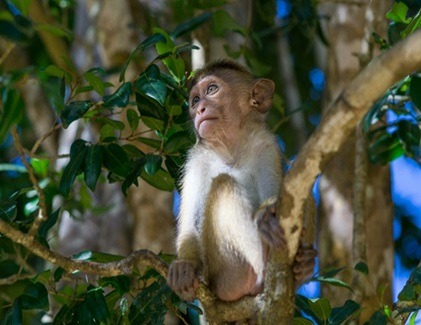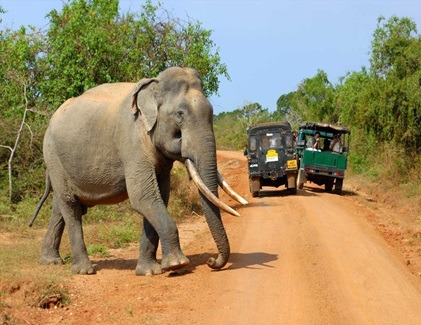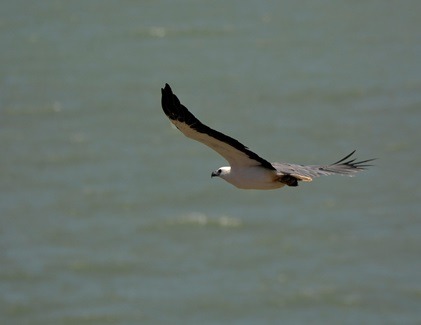Wilpattu National Park Safari
Sri Lanka’s Hidden Wilderness
Located in the North Western Province of Sri Lanka, Wilpattu National Park is one of the oldest and largest national parks in the country. Covering an area of 1,317 square kilometers, this park is renowned for its unique ecosystem, rich biodiversity, and historical significance. It was declared a national park in 1938 and is a popular destination for those interested in experiencing Sri Lanka’s wildlife in a serene and untouched environment.
Wildlife Experience
Wilpattu National Park is one of the most wildlife-rich and diverse parks in Sri Lanka. The park is famous for its ability to offer sightings of Sri Lankan leopards, Asian elephants, and sloth bears, among other iconic species. The park’s dense forests and villus (waterholes) provide excellent opportunities for both day safaris and night safaris.
Leopard Sightings: Wilpattu is one of the best places in Sri Lanka to spot the elusive Sri Lankan leopard. The park is known for leopard safaris where visitors can spot these majestic big cats, often near the villus or in the dense underbrush.
Elephants: The park is home to herds of Asian elephants, which can often be spotted near the water sources, especially during the dry months.
Other Wildlife: Wilpattu is also home to a variety of other wildlife, including wild boars, deer (such as spotted deer and sambar), monkeys, and reptiles. The sloth bear and crocodiles are also frequently sighted.
Birdlife: With over 200 species of birds, Wilpattu is an ideal destination for bird watchers. Some notable species include the Indian peafowl, painted storks, grey-headed fish eagle, and many waterfowl species.

Safari Experience
A safari in Wilpattu offers an immersive and tranquil experience, far from the crowds of more popular parks like Yala or Minneriya. The park’s expansive area, with its network of villus, lush forests, and open plains, creates a perfect environment for wildlife watching.
Your journey will be guided by local experts who are deeply knowledgeable about the park’s wildlife and natural history. They’ll help you spot elusive creatures, share fascinating insights about the ecosystem, and ensure your safari is both educational and exhilarating.
With its stunning landscapes and diverse wildlife, Wilpattu is a photographer’s paradise. Whether you’re a seasoned wildlife photographer or simply someone who enjoys capturing the beauty of nature, you’ll find endless opportunities for breathtaking shots.
Safari timings are
- Morning start at 6.00 am till 10.00 am.
- Afternoon Start at 2.00 pm and till 6.00 pm.

Scenic Beauty
The park is visually stunning, with a varied landscape that includes dense forests, open grasslands, and wetlands (villuses). The villus, which are natural rainwater-fed lakes, are a central feature of the park and provide beautiful spots for both animals and photographers.
Villuses: The villus are surrounded by dense forest and scrubland, creating beautiful contrasts, especially during sunrise and sunset when the golden light reflects off the water.
Dry Zone Flora: The park’s dry evergreen forests are unique, filled with a mix of native trees, shrubs, and grasslands. These areas offer a beautiful natural landscape for exploring and provide important habitats for wildlife.
Serenity: Unlike more crowded parks, Wilpattu’s relatively low tourist traffic offers a more peaceful and unspoiled natural environment, where the scenic beauty is uninterrupted by the hustle of tourism.

Best Time to Visit
Wilpattu National Park can be visited year-round, but the best time for a safari is during the dry season when wildlife sightings are most frequent and the park is more accessible.
Best Months: The dry season, from February to October, is the best time to visit. During this time, the park’s villus dry up, leading the wildlife to congregate around the remaining water sources, making it easier to spot animals like elephants and leopards.
Avoid Monsoon Season: The monsoon season (from November to January) brings heavy rainfall, making some areas of the park inaccessible. However, the lush landscapes during the monsoon season are stunning if you enjoy a green paradise.
